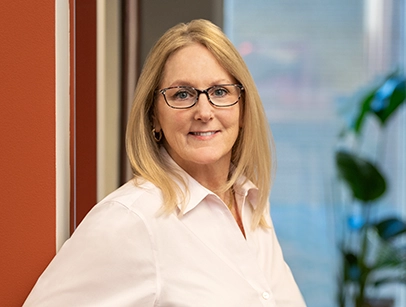It’s gratifying to be in the trenches with affordable housing organizations that are doing very important work. When they’ve been grappling with a difficult issue for a while, I can bring a fresh set of eyes and help find an innovative way to approach and resolve it. I view their problems as my problems and enjoy creatively applying practical solutions, doing my part to get deals completed and housing built.
A highly regarded and experienced affordable housing attorney, Andrew L. Gilmore focuses his practice on community development and public housing redevelopment projects using state and federal tax credits. Representing national, regional and local non-profit developers, for-profit developers, and housing authorities, he shepherds project transactions to completion, often with HUD financing and involvement through capital financing or subsidy.
Andrew brings a deep well of knowledge in housing-related areas, including Low-Income Housing Tax Credits (LIHTC), mixed-finance public housing development, Rental Assistance Demonstration (RAD) conversions, HUD assistance programs, syndication, asset management, and the representation of nonprofit and charitable entities. He frequently handles multi-phase, large-scale developments and preservation of housing sites and enjoys the mental challenge of successfully juggling the various components that these projects entail. Andrew also helps clients navigate a complex and ever-changing regulatory environment.
With a service-oriented mindset, Andrew goes beyond providing legal guidance and maximizes resources to help clients plan and build projects for long-term sustainability. He keeps client issues at the forefront of his work and balances their business and operational considerations within the legal framework. He works hard to perform at the highest level, striving to not just close a deal but to get a deal closed in a way that works for the client and the community in the long term. Andrew thoroughly enjoys work that involves not just the creation and betterment of the housing for tenants and residents but also the tangential community improvement projects—buildings and developments that give people more connection to and pride in their neighborhoods.
I still live and work in the mill town I grew up in. I get a great deal of satisfaction from knowing neighbors in my hometown are living in housing that I helped my clients build.
